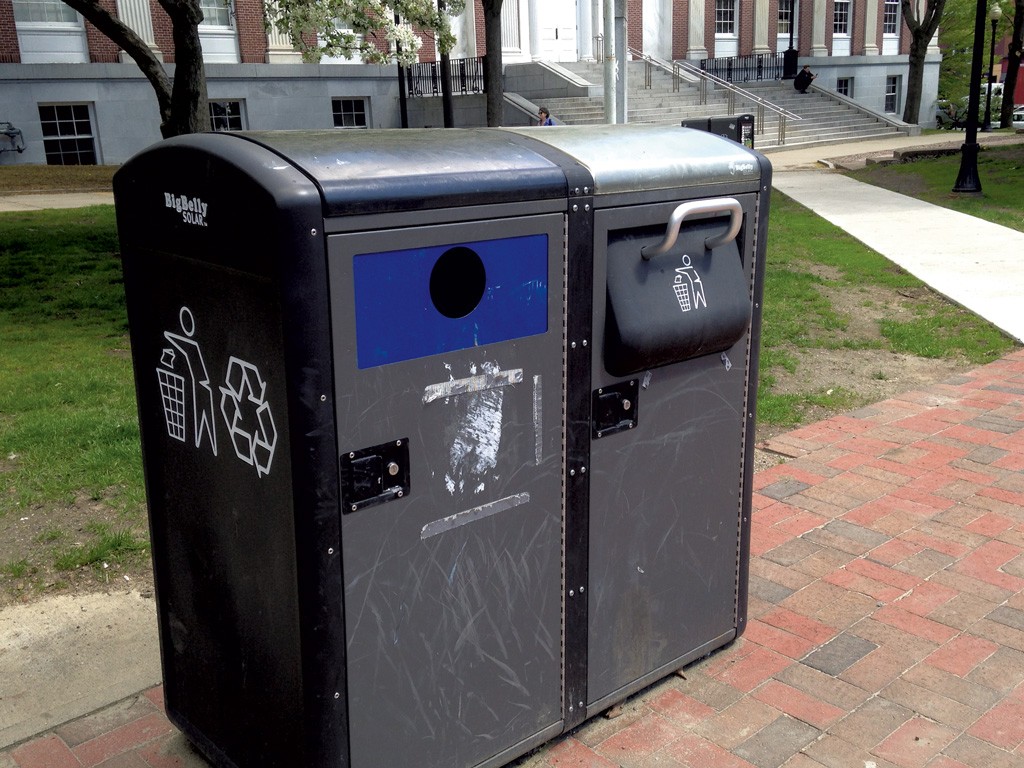

While smart sensors are easy to use, you cannot just buy one and install it on your waste bin. They are actually very affordable, easy to use, durable and save costs. A lot of people believe that it is a complicated and expensive method to dispose of waste, which is not. Some of the problems created are :- Misunderstanding of the operations of smart sensors:īecause this is a new and emerging technology, there is a general misunderstanding of its operations. The implementation of this process seems easy enough, however, it is only a partial solution and creates other problems. From these sites, the trash is sent for recycling. Then the trash is picked up by trucks and sent over to the temporary collection sites. The waste management process begins with the disposal of waste into trash bins provided near the point of creation. These are seemingly effective ways to manage waste yet it challenges are still rife. Waste bins equipped with sensors now provide data on waste disposal, allowing cities to save resources and costs. Over the last couple of years, technologies have been created for smart waste management to improve the collection and disposal of waste. The ability to place the can anywhere you want without requiring an outlet nearby usually outweighs this annoyance, but in the end, your choice is all about which you prefer.Waste management in cities is often times the most expensive item of investment as it involves both the collection of waste and its transportation for appropriate disposal. These cans generally use very little power and can last for months on a single charge, but this doesn’t change the fact that it’s inconvenient (not to mention annoying) when you go to throw something away and the can won’t open because it’s out of battery. Battery-poweredīattery-powered smart trash cans do not have a power cord and instead rely on disposable AA, AAA, or C batteries to keep them going.

The only major downside of this corded design is that it severely limits your possible trash can locations to places within reach of an outlet. The biggest benefit of a wired connection is that you don’t have to charge anything - just plug in your smart trash can and it will work as long as there’s power in the house. There are two key methods used to power smart trash cans, and both have their Pros and Cons: Wired Opt for cans with internal trash bag rims that hold the bags in place until it’s time to take out the trash. While this is completely functional, it can also look unclean and unattractive. Many low-quality smart trash cans expect you to fold the trash bag outside and let the lid hold it in place.

These mechanisms are uncommon, but they can come in handy in certain situations. Other smart trash can opening methods include a foot sensor that’s located at the bottom front of the can, as well as a kick sensor that opens the can if you kick one of its walls. The lid should also have a way for you to open it without any power so that you can use the bin even if its batteries run out. A touch-sensitive button will work fine for the most part, but it’s preferable to have a physical button that won’t be affected by moisture or dirt.
#BALTIMORE GETS SMART TRASH CANS MANUAL#
In addition to an automatic sensor, a smart trash can should also include a manual button in case the sensor fails. The sensor should be reliable and quick so that you don’t get frustrated every time you want to throw something away. The whole point of buying a smart trash can is that you don’t have to touch it to open the lid, so a functioning motion sensor is a must. Larger capacities, like 21 gallons, are essential for larger families or communal areas, but you can also invest in them to avoid daily trash take-out. All of these capacities are useful for someone out there, and all you need to do is figure out where you stand.Ī 3 to 4-gallon capacity might be more than enough if you need a countertop trash can for your kitchen, while a single-family home will do just fine with a 13-gallon can that can also be placed inside most standard kitchen cabinets. These cans are available in all sorts of sizes, ranging from 3 gallons all the way up to 30. The first, and arguably the most important, part of a smart trash can is its capacity. Now that you’re ready to learn about these devices, these are the factors you have to consider when shopping for a smart trash can in 2023: Capacity Before you buy a smart trash can, remember that you’ll utilize it every day, so it should be easy to use. This can work out just fine, or, more likely, it can lead to frustration with your day-to-day garbage disposal. You might not think much about buying a smart trash can, and maybe you’ll even go for the first one you come across online. Buying Guide: Finding a High-Quality Smart Trash Can


 0 kommentar(er)
0 kommentar(er)
